When it comes to lifting operations, crane hooks are one of the most critical components in ensuring both safety and efficiency. Choosing the right crane hook can significantly impact your lifting capacity, load control, and operational longevity. In deze blog, we’ll guide you through the key factors to consider when selecting the right crane hook for your application.
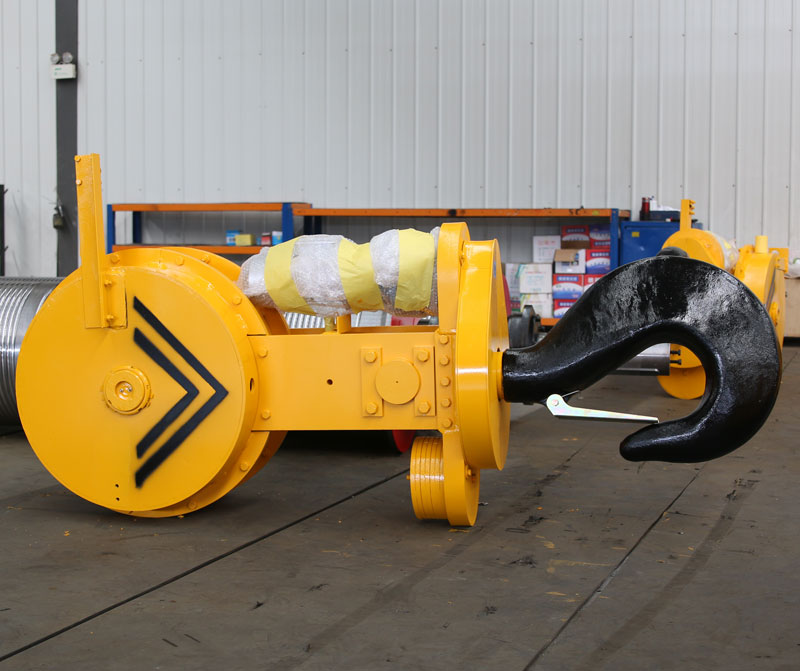
Before choosing a crane hook, you must clearly understand the requirements of your lifting operation:
Laadvermogen: Know the maximum weight you need to lift. Overloading a hook can lead to dangerous accidents.
Lifting Frequency: High-frequency operations require more durable, fatigue-resistant hooks.
Lifting Environment: Harsh environments (Bijv., high temperatures, corrosive settings) require special materials or coatings.
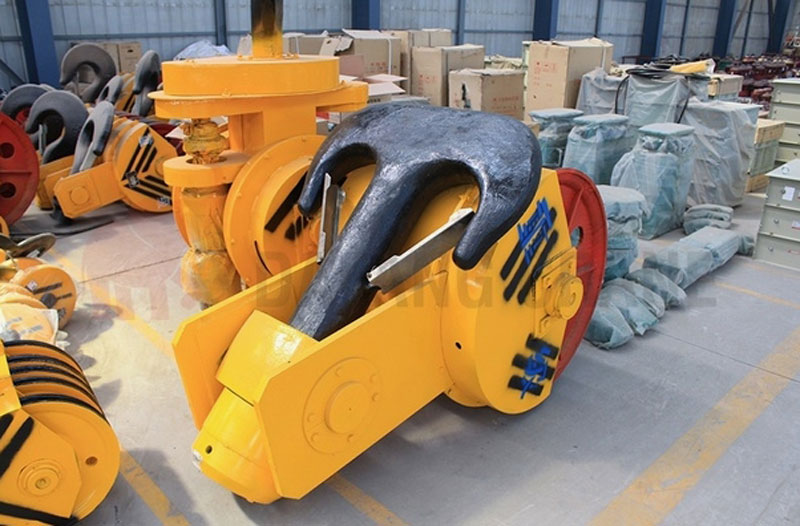
Crane hooks come in various types, each suited for different lifting needs:
1. Enkele haak: Ideal for light to moderate loads, commonly used in general lifting.
2. Kraan dubbele haak: Suitable for heavier loads and more stable lifting.
3. Ramshorn-haak: Designed for lifting loads evenly with two points of contact.
4. Clevis Hook: Offers easy attachment and detachment, often used with chain slings.
5. Ooghaak: Fixed connection point, provides secure attachment with wire ropes or chains.
6. Self-locking Hook: Prevents accidental unhooking and enhances safety.
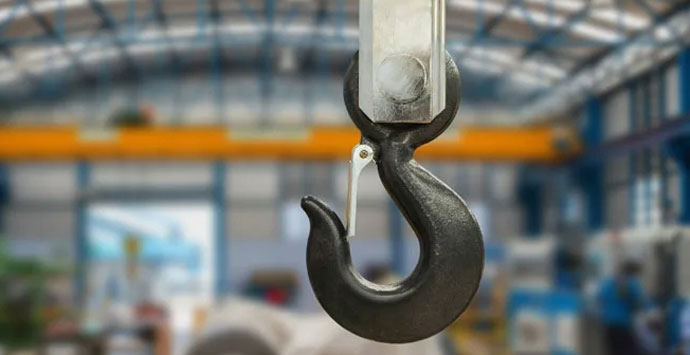
Look for crane hooks made from forged alloy steel or carbon steel for strength and reliability. Ensure the hook complies with international safety standards like:
1. VAN 15401 / 15402
2. ISO 2415
3. ASME B30.10
Hooks from reputable manufacturers will often come with certifications, proof load tests, and material traceability.
Keelopening: Choose a hook with a throat opening suitable for your slings or lifting devices.
Latching Mechanism: Safety latches are essential to prevent accidental disengagement of the load.
Rotation Feature: Swivel hooks can help with positioning and prevent torsion on the lifting line.
Slijtage-indicatoren: Some hooks come with wear marks that show when replacement is necessary.
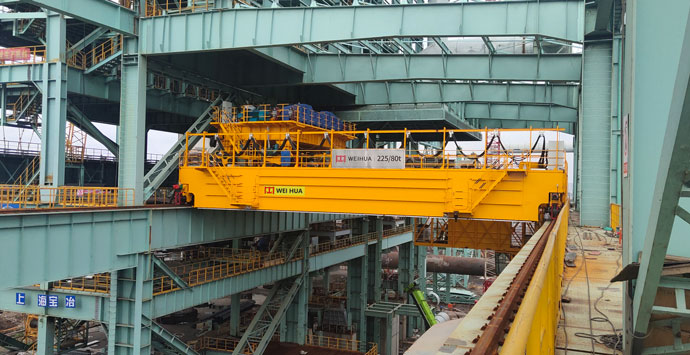
Each industry and lifting task may require a specific hook type:
Bouw & Fabricage: Eye hooks or self-locking hooks.
Steel Mills or Foundries: Heat-resistant hooks with special coatings.
Havens en scheepswerven: Heavy-duty Ramshorn or double hooks.
Automated Cranes: Automatic hooks with remote control and safety features.
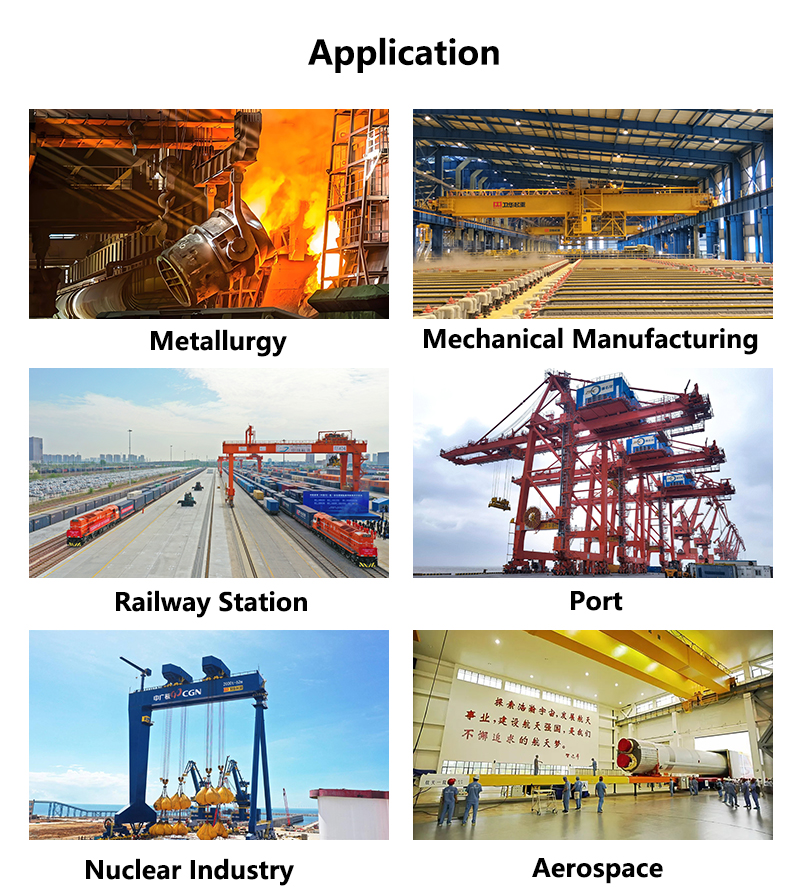
Even the best kraanhaak needs regular inspection for wear, scheuren, of vervorming. Always follow a maintenance schedule to ensure continued safety and performance.
Choosing the right crane hook isn’t just about picking the strongest one. It involves evaluating the load, omgeving, gebruik, and safety needs of your operation. Investing in a high-quality, appropriate hook not only ensures safety but also boosts lifting efficiency and reduces downtime. If you’re unsure, consult a professional crane hook supplier or manufacturer for tailored advice.

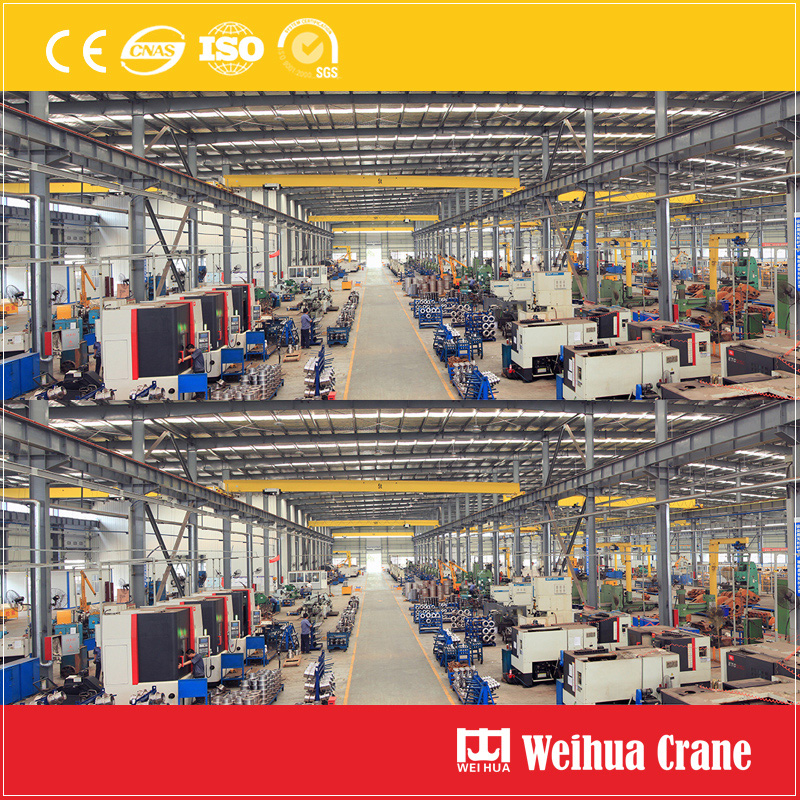
Q1: What is the most common type of crane hook?
A1: The single hook is the most commonly used type for general lifting applications due to its simple design and ease of use.
Q2: How do I determine the correct crane hook size?
A2: You should consider the working load limit (Wll), keelopening, and material strength. Refer to manufacturer sizing charts or consult a crane engineer to ensure the hook matches your lifting equipment and load.
Q3: What materials are crane hooks made of?
A3: High-quality crane hooks are typically made from forged alloy steel or carbon steel to ensure durability, kracht, and resistance to wear.
Q4: What is a safety latch and do I need one?
A4: A Veiligheidsvergrendeling van de kraanhaak is a locking mechanism that prevents the load from slipping out of the hook. It is highly recommended, especially in environments where movement or vibration may cause accidental unhooking.
Vraag 5: When should I replace my crane hook?
A5: Replace the hook immediately if you notice:
1. Scheuren of vervorming
2. Overmatige slijtage (usually more than 10% reduction in cross-section)
3. Elongation or opening of the hook throat
4. Failing inspection criteria per relevant standards (Bijv., ASME, ISO)
Wij waarderen uw feedback! Vul het onderstaande formulier in, zodat we onze services kunnen aanpassen aan uw specifieke behoeften.


Klik op de knop om productinformatie en offertes op WhatsApp te krijgen.
Krijg citaat
Laatste opmerkingen